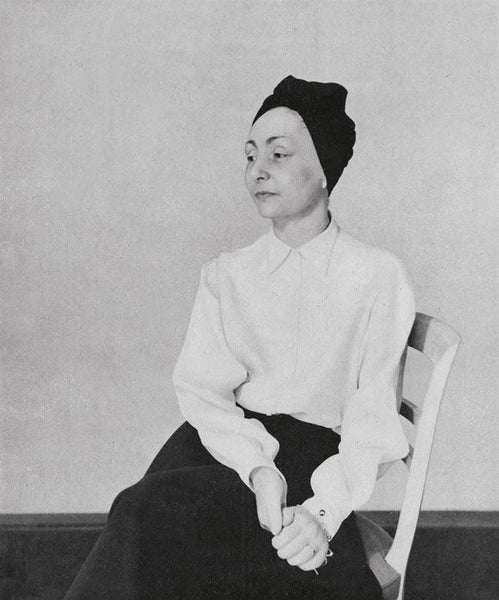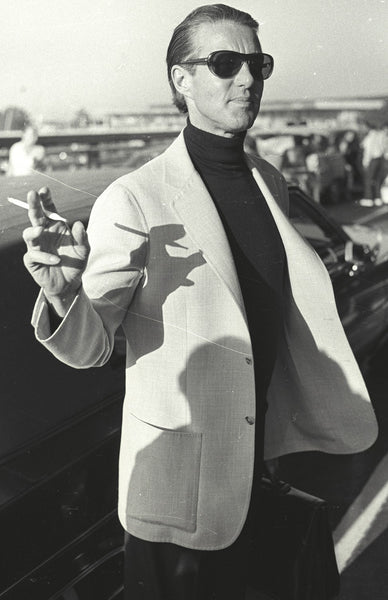The New Look

The "Bar" suit, co. The Metropolitan Museum of Art
After a years of wartime rationing, of scrimp and save, of fear and force, Christian Dior’s “New Look” brought fashion back to France. Dior launched his collection on February 12th, 1947, to uproarious applause. The “New Look” - dubbed so by Caramel Snow, editor-in-chief of Harper's Bazaar, when she declared "It's such a new look!" - was defined by cinched waists, full skirts, and an extravagant use of fabrics.
The collection was comprised of two lines, "Corolle" and "Huit,” that showcased designs that emphasized the feminine shapes of their wearers. The famous “Bar” suit (seen above), with its exaggerated skirt, rounded shoulders, nipped waist, and exposed calves was emblematic of these revolutionary, exaggerated forms. The two piece suit in black and cream with full pleated skirt, notched collar, and coordinating wide brimmed disc hat was one of luxury, requiring a girdle and padding.
The prior two decades saw a loose silhouette and thin fabrics with little - to - no restrictions. The female form was once again tucked tight, with Dior’s use of shape wear, drapery, pleats, ornamentation, symbolizing a return to opulence. There was some opposition, Coco Chanel -preeminent interwar couturier and champion of the free form- most notably denounced Dior, saying "Dior doesn't dress women, he upholsters them.” The rigid, long length forms of the New Look were ones that signified women’s return to the home, from factories and hospitals.
Despite the discomforts of the design, Dior’s revolutionary design was adored worldwide. Utilitarian clothing was OUT! The dress harkened back to the early 20th century, with its hourglass shape. For many, the New Look was a return to prosperity and normalcy.
Also in Adore MRS. Couture

Designer Spotlight: Madame Gres

Designer Spotlight: Roy Halston Frowick
Halston was thrown into the limelight when Jacqueline Kennedy wore his pillbox hat to John F. Kennedy’s inauguration. Soon Halston expanded into women’s wear, creating both couture and ready-to-wear fashion catering to the fashionable and elite jet set. Halston also accepted the honor of designing the 1976 US Olympic team uniforms, redesigned Braniff Airlines’ uniforms in 1977, and created uniforms for the New York Police Department and the Girl Scouts in 1978.
Halston was innovative, using slinky knit material and ultrasuedes, and introducing a halter dress design that elongated a wearer’s silhouette. He pioneered the sensual and soft draped looks associated with disco and his beloved Studio 54.

